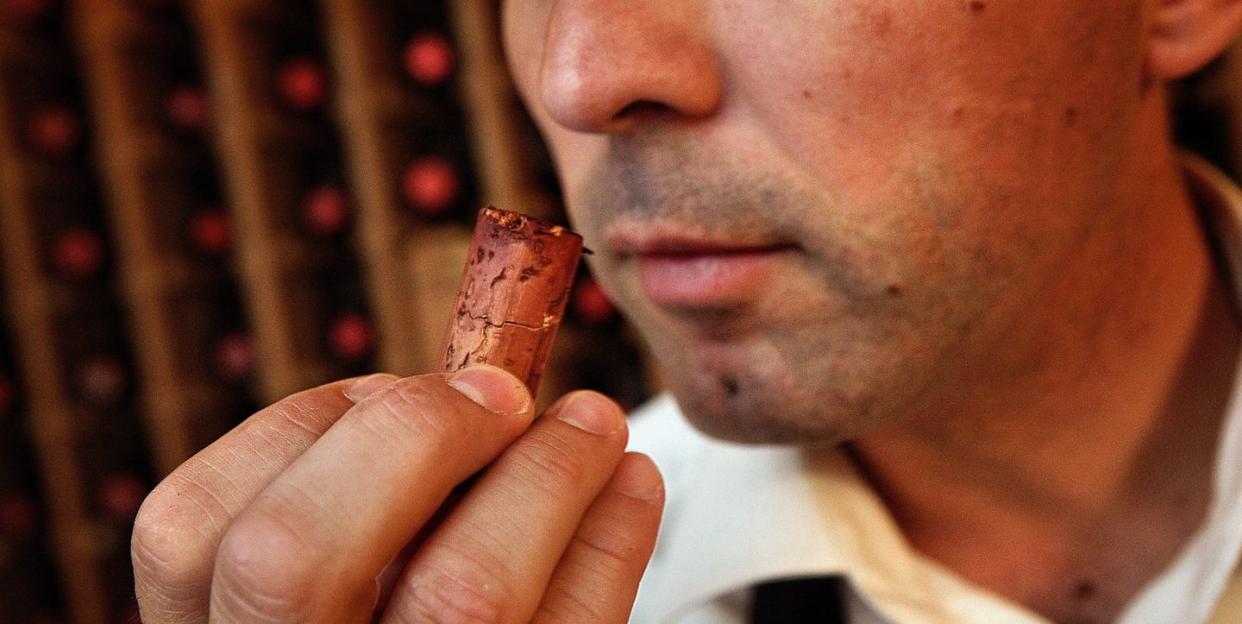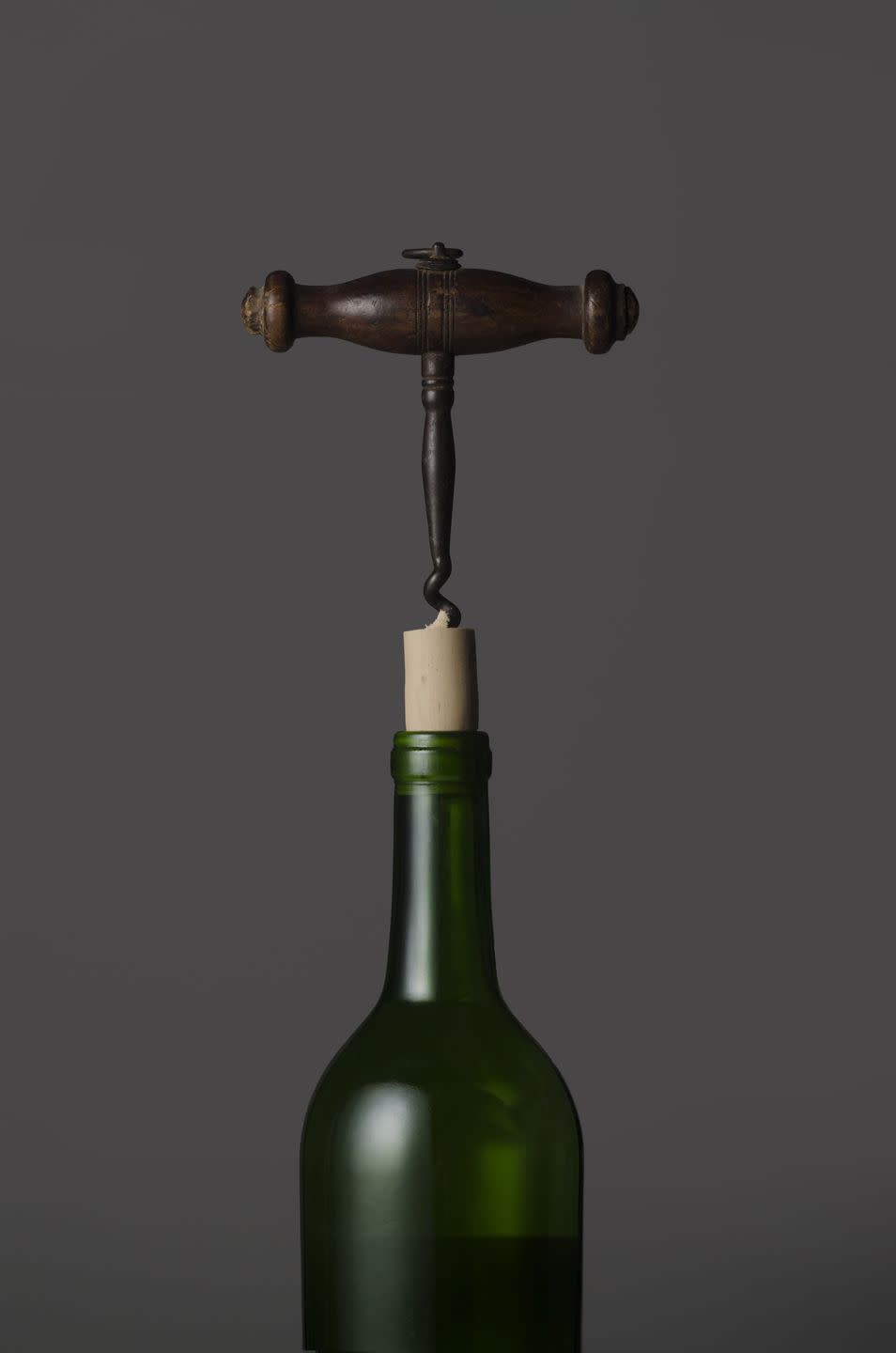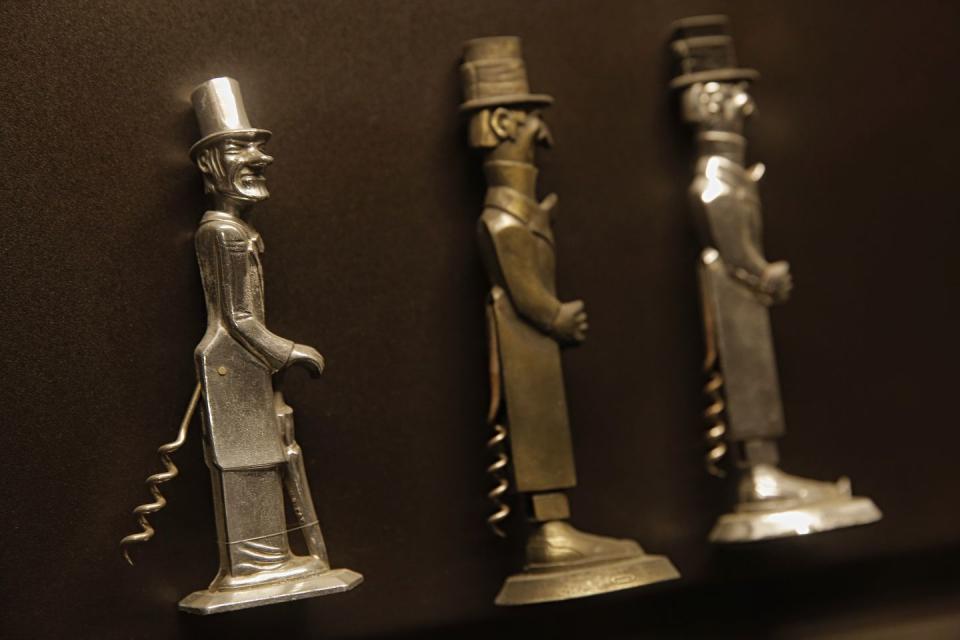Do We Even Need Sommeliers Anymore?

“With all the information out there now, aren’t sommeliers maybe obsolete?” I had just sat for dinner at a restaurant and opened the wine list when a friend asked this question. “I mean,” he continued, seeing my skeptical expression, “we have all these sources that didn’t exist 10 or even five years ago. I could plug an unfamiliar bottle’s name into my phone and we’d know all we needed.”
He had a point, but rather than arguing with my friend and ruining my appetite, I decided to pose the question to an authority on this subject, a man who might be called the dean of American sommeliers.
Daniel Johnnes fell in love with food and wine when he lived in France as a student in the 1970s. In 1985 he got a job as a waiter in New York City at Montrachet, Drew Nieporent’s influential Tribeca restaurant, eventually becoming the wine director. With David Bouley manning the stove and young, friendly black-clad waiters and waitresses working the floor, Montrachet was a new kind of restaurant, casual in vibe and ambitious about food and wine. In other words, the template for many Manhattan restaurants today.
At Montrachet and its sister restaurant, Tribeca Grill, Johnnes exerted a significant influence on the emerging American wine scene by championing the wines of Burgundy, which at that time were generally overlooked in the USA. (Montrachet was named after Burgundy’s greatest white wine.) He brought winemakers to New York and hosted dinners for them, and eventually he founded La Paulée de New York, an annual gathering of Burgundy lovers that celebrated its 20th anniversary last month.

To discuss the evolving role of the sommelier, I met Johnnes recently at Portale, a new Manhattan restaurant helmed by Alfred Portale, whose iconic Gotham Bar and Grill opened the year before Montrachet. “We were just coming out of the two-martini-lunch era,” Johnnes said of the period when he started his career, “and most people thought that chablis was a sweet white from California.”
Fine dining was synonymous with uptown French establishments like Lutèce and La Côte Basque, and sommeliers, what few there were, were apt to be Frenchmen in tuxedos pushing expensive Bordeaux.
“Today the average consumer is much more sophisticated than when I started out,” Johnnes said. “But the range of choices is also much greater.” A quick look at Portale’s list, which includes wines from the new and old worlds, the northern and southern hemispheres, demonstrated his point. “First and foremost, sommeliers are necessary today as curators and editors,” he said of the ever-expanding range of offerings. But serving wine has always been about more than having encyclopedic knowledge. “Sommeliers are also actors and storytellers. After all, dining out is entertainment. The sommelier is a big part of that, and to be a great somm you have to have a narrative to unfold.”
Does one of the world’s premier wine experts take advice from sommeliers? “Oh, absolutely,” Johnnes says. “If I’m in a new place and I don’t know the somm, I’ll order a glass to test him out. If I say I want a crisp, bright chard and he brings me an oaky one, I’ll be forewarned.” At Portale he quizzed sommelier Steven Washuta about the list, which, with its Italian emphasis, was somewhat outside his comfort zone. As with Johnnes, the 32-year-old Washuta’s interest in food and wine was started by a sojourn as a student in France.
He mentioned a few Italian wines, describing where and how they were made and by whom, as well as how they might pair with our meals. Then, sensing he was dealing with two Burgundy nuts, Washuta directed us to the 2017 Henri Germain Meursault Charmes, a fairly rare bottle that he was proud to have on the list and that we were both delighted to try. A partnership of sorts had been struck by the three of us, and Johnnes and I agreed we’d be back to visit Washuta again.
Who does Daniel Johnnes ask for advice? “In Paris, Laurent Jotteur at La Tour d’Argent; Paul Einbund at The Morris in San Francisco; Kim Prokoshyn at Café Boulud in NYC.”
While Johnnes is optimistic about the new generation of sommeliers, he does sound some cautionary and nostalgic notes. “When I was coming up, it was possible for a young sommelier to taste the great wines of France. They were still relatively affordable.” Today the price of first growth Bordeaux or a Grand Cru Burgundy is prohibitive. It’s hard for a young sommelier to taste the classics.
Burgundy in particular has become less accessible, which is one of the reasons Johnnes created the Sommelier Scholarship fund through La Paulée, an annual bequest that sends young sommeliers to the region to visit the top domains and taste in their cellars. “Sommeliers today tend to be a little too academic. It’s important to go out and get a feel for the terroir.”
Johnnes, who now oversees the wine programs at all of Daniel Boulud’s restaurants, is also a little troubled by the factionalism that has crept into wine circles, in particular the widening divide between partisans of natural wine (made from organically grown grapes, which are fermented with naturally occurring yeasts) and those who are skeptical of the trend.

He made a tour recently of natural wine bars with a sommelier who is a big advocate of the organics. At one place on the Lower East Side, “an employee recognized me and questioned why I was there,” Johnnes said. “I felt like I was being profiled as someone who did not belong in that environment. Why would ‘Mr. Burgundy’ come here and try to understand?”
This kind of tribalism is off-putting, but, on the other hand, one could argue that the natural wine movement is just the latest aspect of the diversification of the wine world in the United States that began back when Johnnes was selling bottles of Gevrey-Chambertin to men in Armani jackets with heavily padded shoulders.
Today wines from South Africa, Greece, Portugal, Oregon, Washington, and formerly obscure corners of France and Italy are available in most urban markets. “I think we’re in a golden age for consumers,” Johnnes says. “They just have to be willing to take a little voyage out of their comfort zones and let the sommelier take them on a journey.”
Either that or they can consult their phones, studying wine notes while their fellow guests check out the other diners, peruse the menu, and converse about TV shows, real estate, and the sex lives of celebrities.
This story appears in the April 2020 issue of Town & Country. SUBSCRIBE NOW
You Might Also Like

